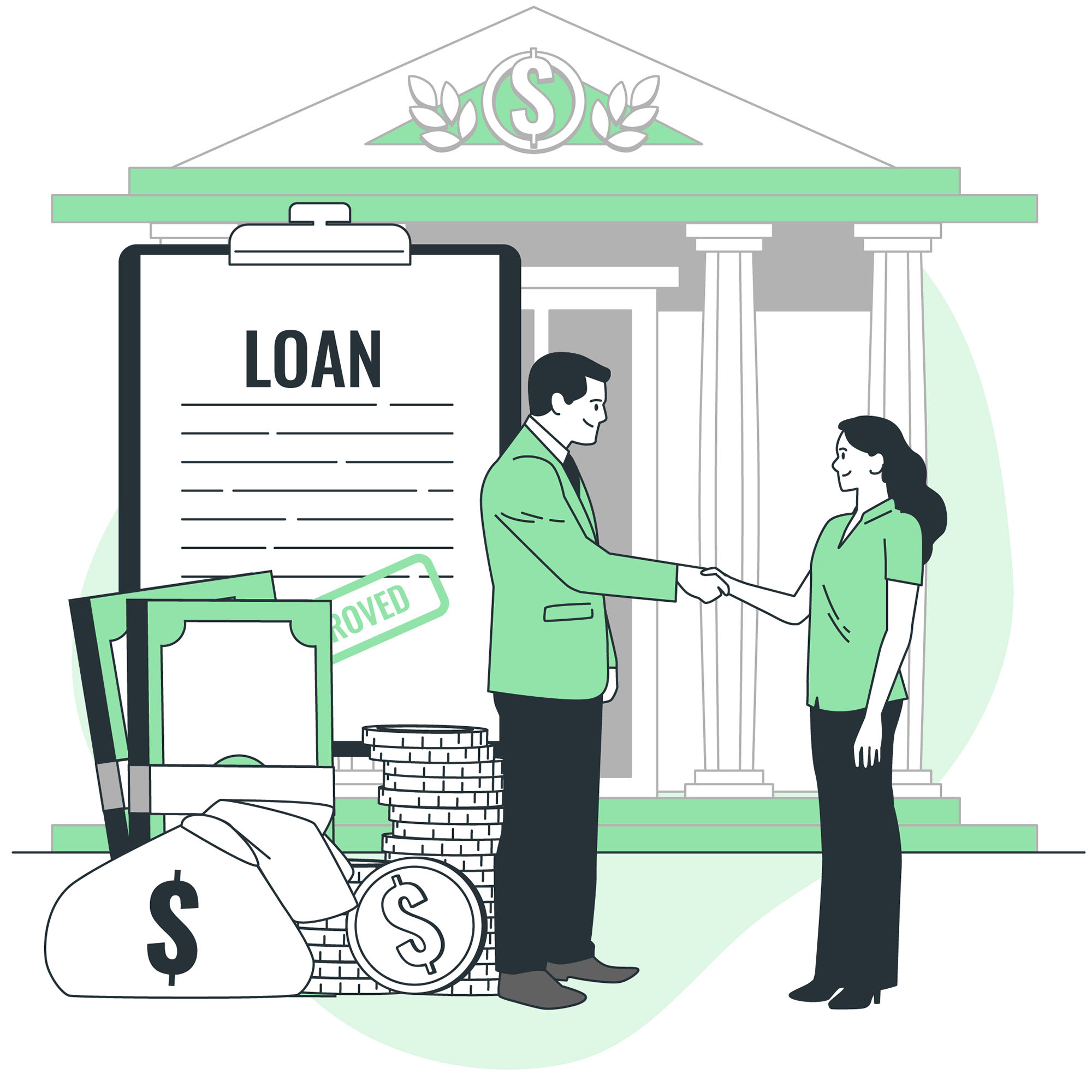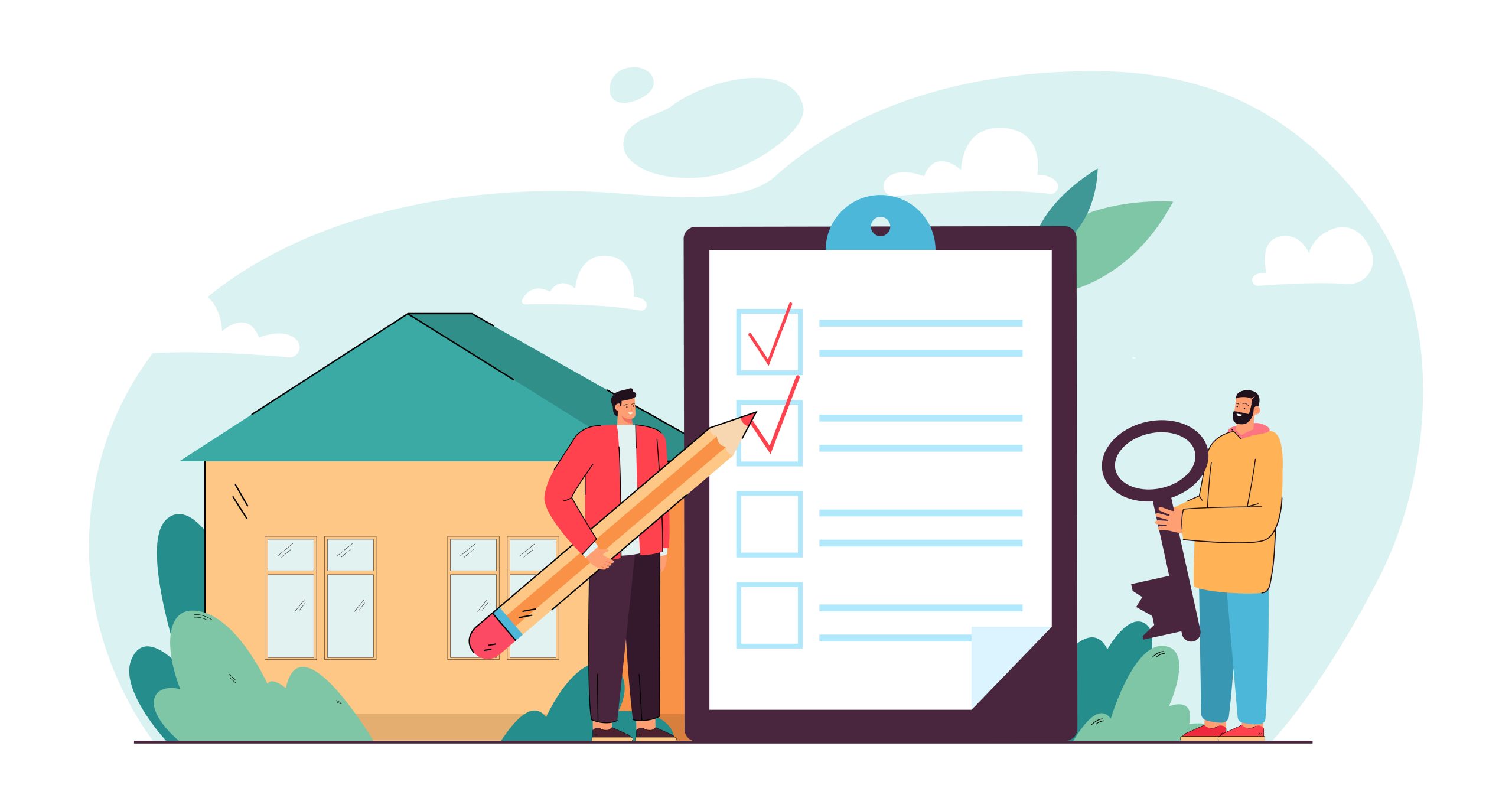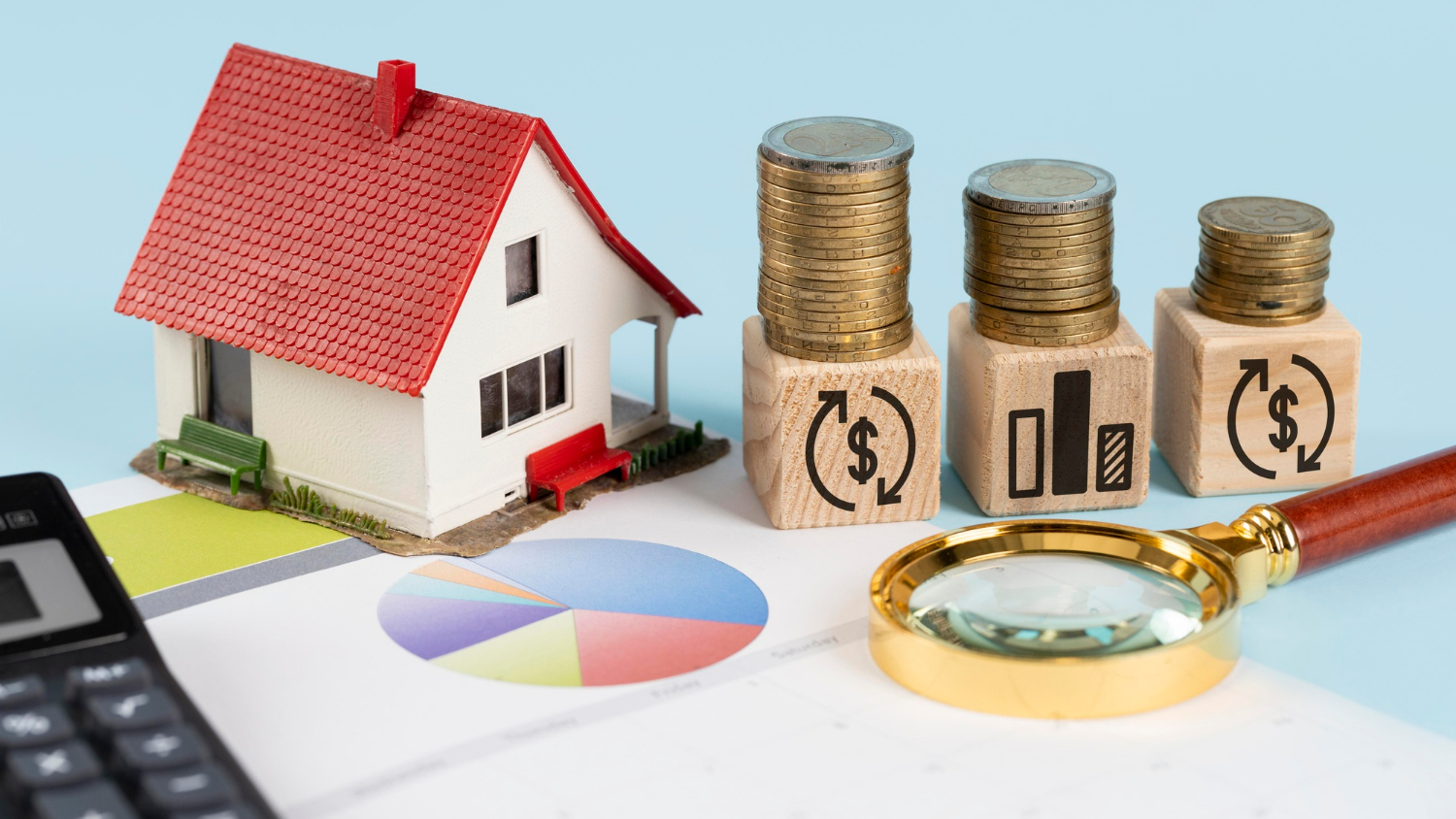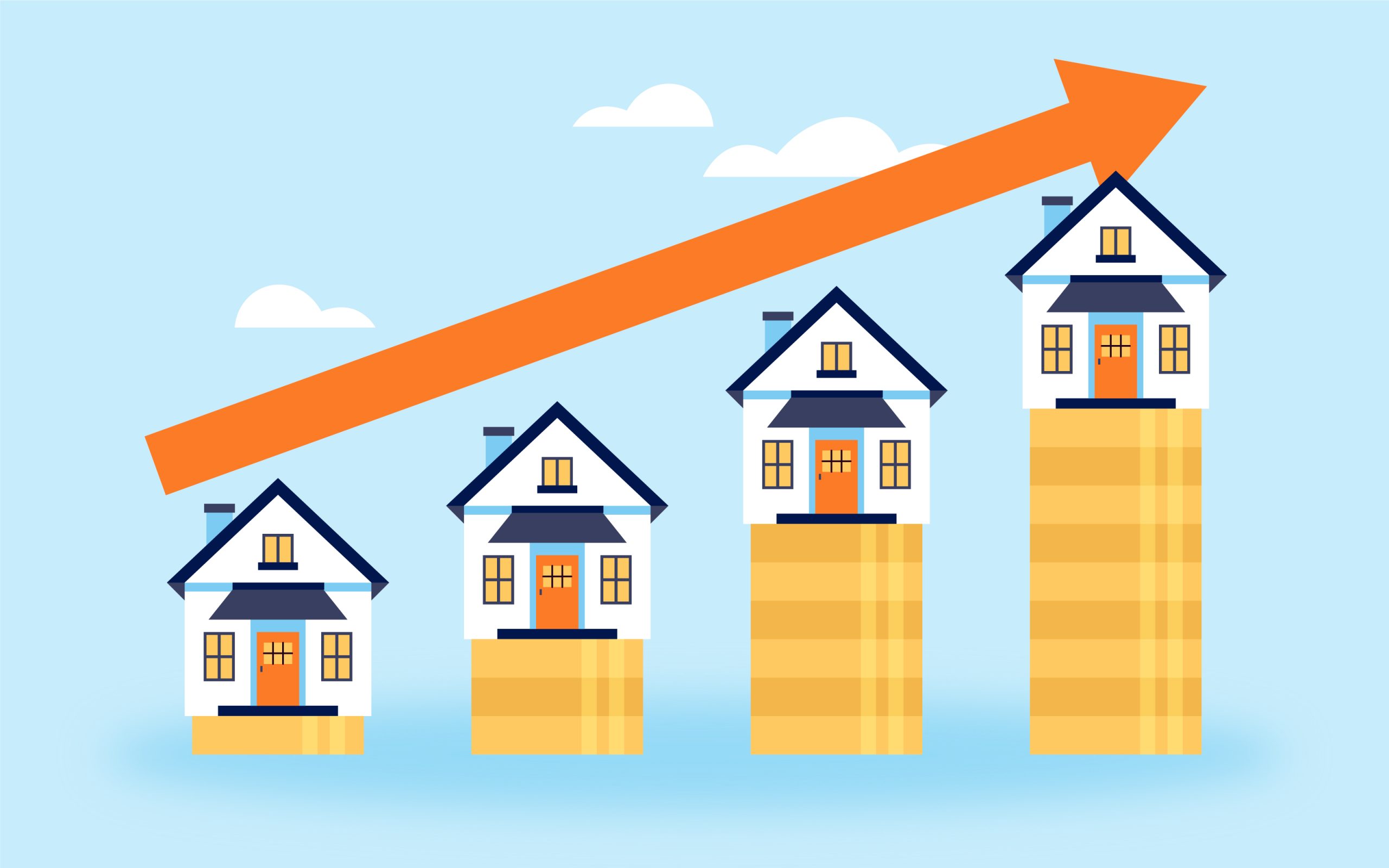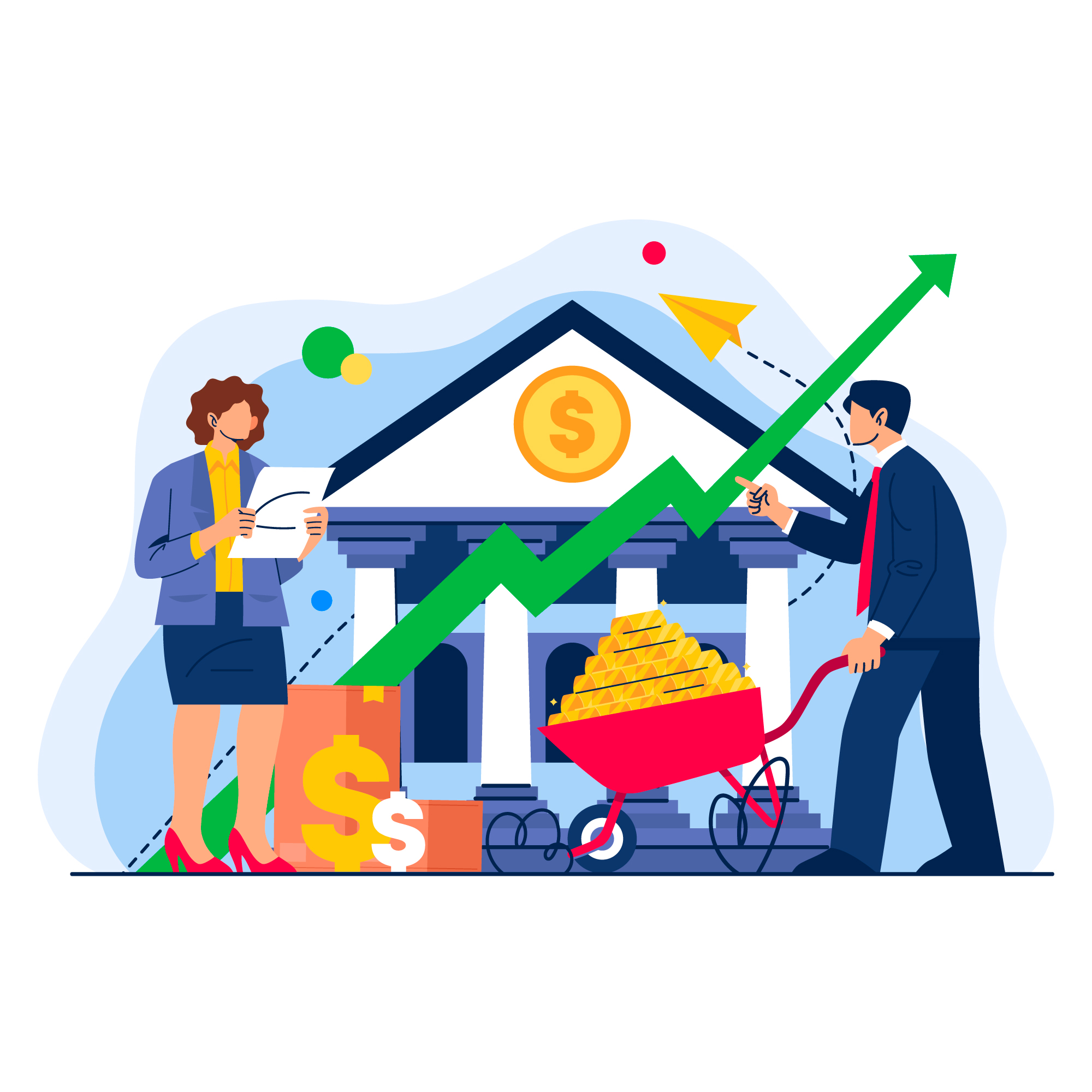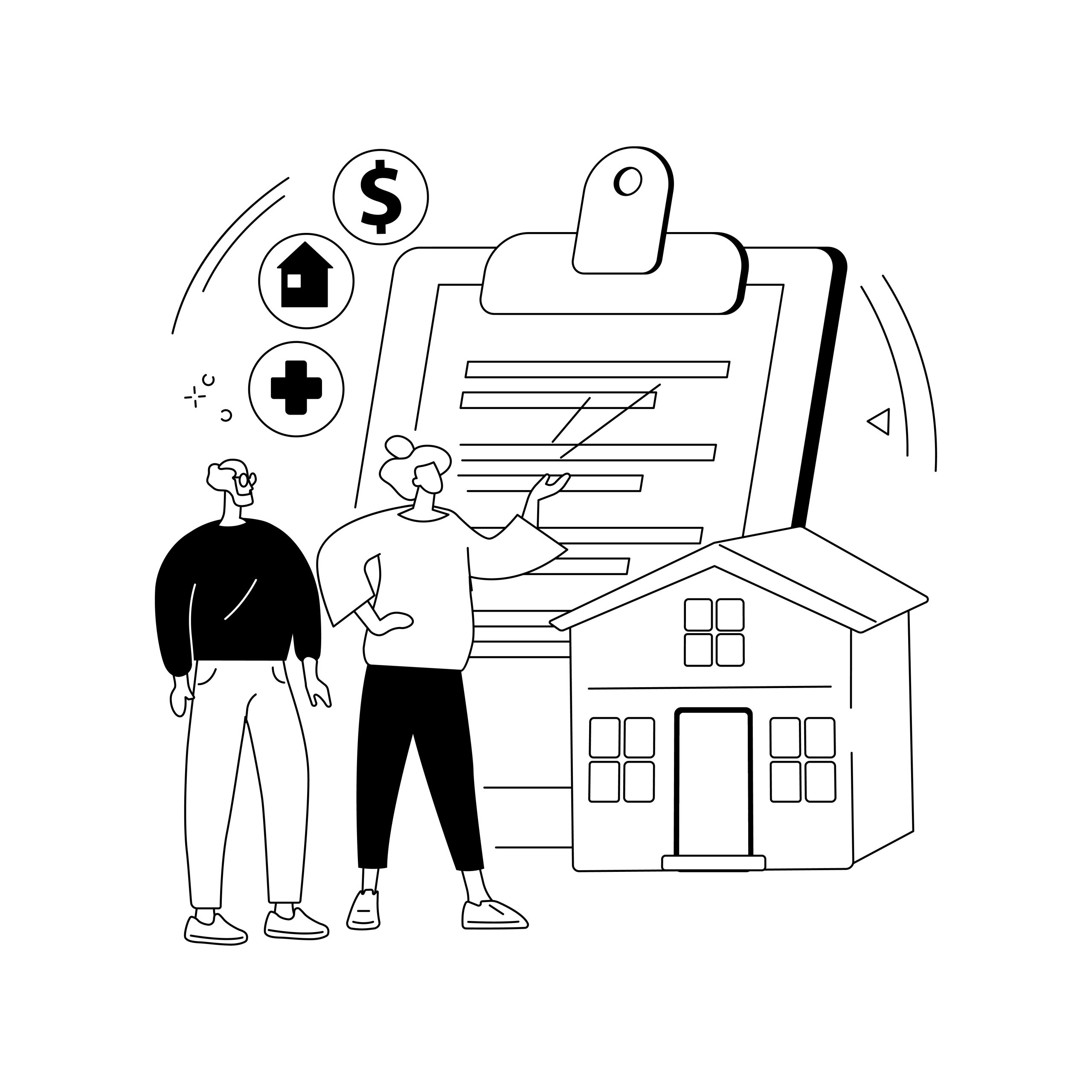Hey there! If you’ve ever heard the term “subprime loans” tossed around in financial discussions and felt a little confused, you’re not alone. Subprime loans have been a hot topic, especially since the 2008 financial crisis, and they play a significant role in the world of lending and credit. But what exactly are subprime loans, and how do they affect your financial health? Today, I’m going to break down everything you need to know about subprime loans, from what they are to the risks and benefits involved. Let’s dive in!
What Are Subprime Loans?
Let’s start with the basics. Subprime loans are a type of loan offered to borrowers who have a lower credit score or a less-than-stellar credit history. Typically, these borrowers fall into the “subprime” category, meaning their credit score is below the threshold that most lenders consider “prime.” While prime borrowers are those with credit scores of 670 and above, subprime borrowers usually have credit scores below this mark, often ranging between 580 and 669.
Because subprime borrowers are seen as higher risk due to their credit history or financial situation, lenders often charge higher interest rates on subprime loans. These loans can come in many forms, including subprime mortgages, auto loans, personal loans, and credit cards. Essentially, a subprime loan is designed to provide credit to those who might not qualify for traditional loans, but it comes with trade-offs that borrowers need to carefully consider.
How Do Subprime Loans Work?
Subprime loans function much like any other type of loan, but with a few key differences that borrowers should be aware of. Here’s how they work:
1. Higher Interest Rates
The most notable feature of subprime loans is their higher interest rates. Because lenders view subprime borrowers as a higher risk, they compensate for that risk by charging more in interest. This means that over the life of the loan, subprime borrowers will pay significantly more in interest compared to borrowers with prime credit.
2. Adjustable Rate Mortgages (ARMs)
In the case of subprime mortgages, many are structured as adjustable-rate mortgages (ARMs). This means that the interest rate starts low for a fixed period and then adjusts periodically based on market conditions. While this can make monthly payments more affordable initially, there’s a risk that payments could increase substantially if interest rates rise.
3. Strict Terms and Conditions
Subprime loans often come with stricter terms and conditions compared to prime loans. This could include higher fees, penalties for late payments, and less favorable repayment terms. Borrowers need to read the fine print carefully and understand all the terms before signing on the dotted line.
4. Potential for Negative Amortization
Some subprime loans, particularly mortgages, can include features like negative amortization, where the monthly payments are not enough to cover the interest, leading to an increase in the loan balance over time. This can trap borrowers in a cycle of debt that’s difficult to escape.
The Pros and Cons of Subprime Loans
Subprime loans can be a double-edged sword. While they offer access to credit for those who might not otherwise qualify, they also come with significant risks. Let’s take a closer look at the pros and cons:
Pros of Subprime Loans
- Access to Credit: One of the biggest advantages of subprime loans is that they provide access to credit for individuals who may not qualify for prime loans. This can be crucial for financing major purchases like a home or car, or for consolidating debt.
- Opportunity to Rebuild Credit: If managed responsibly, a subprime loan can help borrowers rebuild their credit over time. By making consistent, on-time payments, borrowers can improve their credit score and potentially qualify for better rates in the future.
- Flexible Approval Criteria: Subprime lenders often have more flexible approval criteria compared to traditional lenders. This means that even with a history of late payments, bankruptcies, or other credit issues, borrowers may still be able to secure a loan.
Cons of Subprime Loans
- Higher Interest Rates: The most significant downside is the higher interest rates, which can make the loan much more expensive over time. Borrowers may find themselves paying thousands of dollars more in interest than they would with a prime loan.
- Risk of Default: The higher monthly payments that come with subprime loans can be difficult to manage, increasing the risk of default. If a borrower falls behind on payments, they could face severe consequences, including foreclosure or repossession.
- Predatory Lending Practices: Some subprime lenders engage in predatory lending practices, offering loans with terms that are difficult for borrowers to meet. This can lead to a cycle of debt and financial hardship.
- Potential for Negative Amortization: As mentioned earlier, some subprime loans include negative amortization features, which can increase the loan balance and make it harder for borrowers to pay off the debt.
Subprime Loans and the 2008 Financial Crisis
It’s impossible to discuss subprime loans without mentioning their role in the 2008 financial crisis. Leading up to the crisis, there was a significant increase in subprime mortgage lending. Many lenders offered adjustable-rate mortgages with low initial payments to borrowers who couldn’t afford traditional mortgages. When the rates adjusted upward, many borrowers found themselves unable to make their payments, leading to widespread defaults and foreclosures.
The crisis was exacerbated by the securitization of subprime mortgages, where these risky loans were bundled into mortgage-backed securities and sold to investors. When the housing bubble burst, the value of these securities plummeted, leading to massive losses for financial institutions and a global economic downturn.
The fallout from the crisis led to stricter regulations on mortgage lending and a greater awareness of the risks associated with subprime loans. While the subprime market still exists, it is more regulated today, with greater protections in place for borrowers.
How to Approach Subprime Loans Wisely
If you’re considering a subprime loan, it’s essential to approach it with caution. Here are some tips to help you navigate the process and make informed decisions:
1. Shop Around
Not all subprime loans are created equal. Take the time to shop around and compare offers from different lenders. Look at the interest rates, fees, and terms to find the most favorable option for your situation.
2. Read the Fine Print
Subprime loans often come with complex terms and conditions. Make sure you read and understand all the details before signing any agreement. Pay close attention to the interest rate, payment schedule, and any penalties for late payments or early repayment.
3. Consider Alternatives
If possible, explore alternatives to subprime loans. This could include improving your credit score to qualify for better rates, seeking assistance from a credit counselor, or exploring government-backed loan programs that offer more favorable terms.
4. Budget Carefully
Before taking out a subprime loan, make sure you have a clear budget in place. Can you afford the monthly payments, even if the interest rate increases? Be realistic about your financial situation and avoid taking on more debt than you can handle.
5. Use Subprime Loans as a Stepping Stone
If you do take out a subprime loan, think of it as a temporary solution. Focus on making on-time payments to improve your credit score, and aim to refinance into a lower-rate loan as soon as you qualify.
Conclusion: Navigating the World of Subprime Loans
Subprime loans offer a path to credit for those who might not qualify for traditional loans, but they come with significant risks that need to be carefully considered. By understanding how subprime loans work, the pros and cons, and the potential pitfalls, you can make informed decisions that protect your financial health.
If you find yourself considering a subprime loan, take the time to explore all your options, read the fine print, and plan your budget carefully. With the right approach, you can use a subprime loan to rebuild your credit and improve your financial situation, all while avoiding the traps that have ensnared so many borrowers in the past.
FAQs
What is a subprime loan?
A subprime loan is a type of loan offered to borrowers with lower credit scores or poor credit histories. These loans typically come with higher interest rates and stricter terms compared to prime loans.
Why do subprime loans have higher interest rates?
Subprime loans have higher interest rates because they are considered riskier for lenders. Borrowers with lower credit scores are more likely to default on their loans, so lenders charge higher rates to compensate for this increased risk.
Can a subprime loan help improve my credit score?
Yes, if managed responsibly, a subprime loan can help improve your credit score. By making consistent, on-time payments, you can demonstrate your ability to manage credit, which can positively impact your credit score over time.
Remember, while subprime loans can be a useful tool, they require careful consideration and responsible management. Take your time, do your research, and make the choices that are best for your financial future.






